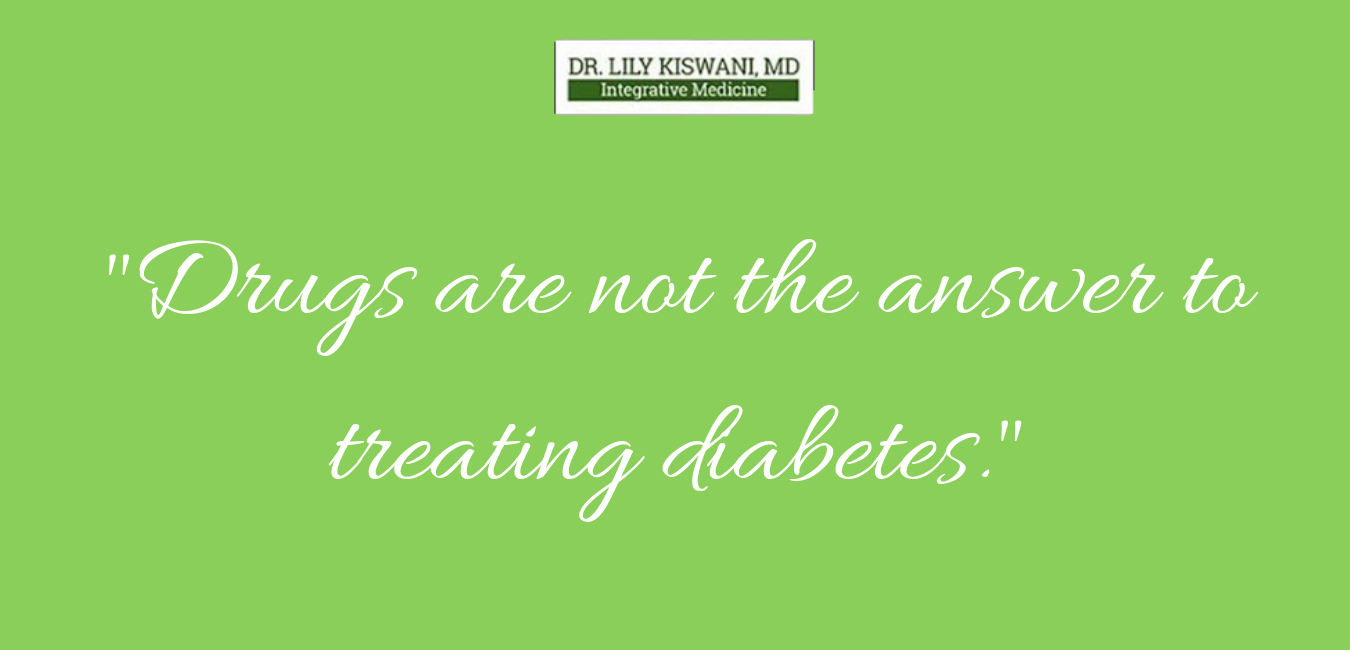Daily supplementation with plant-derived carotenoids can reduce the risk of age-associated macular degeneration, and may also have a role in prevention of Alzheimer’s disease, according to James Stringham, PhD, of the Nutritional Neuroscience Laboratory at the University of Georgia, Atlanta.

Leafy green vegetables like this curly kale are the primary sources of carotenoids essential for retinal health.
Lutein, zeaxanthin, and meso-zeaxanthin—three carotenoids that cannot be produced by the human body have, none the less, “a conspicuous concentration” in the eyes, said Dr. Stringham, speaking at SupplySide West, a nutrition industry conference.Dr. Stringham is among the nation’s leading carotenoid researchers, with a particular interest in the role of these molecules in visual function and cognitive function.
The retina is unbelievably carotenoid-hungry.
“If you don’t get a lot of lutein, zeaxanthin, and mesoxanthin in your diet, you are at increased risk of macular degeneration by age 60-65,” he said, citing several studies demonstrating a clear correlation. “Long-term oxidative damage catches up. Macular degeneration is a leading cause of blindness in people over 60, and it is a bad disease.”
Neural processing speed, it turns out, shows a direct relationship with levels of lutein and zeaxanthin. Dr. Stringham went as far as saying that neural processing is actually mediated by these two carotenoids. People with the most macular pigment (carotenoids) are most able to adapt to shifts between light and darkness much more quickly than those with the lowest levels.
Daily dosing with 15 mg of meso-zeaxanthin and 12 mg per day of a combination of lutein and zeaxanthin produces an almost immediate increase in MPOD measurements that continues to rise steadily with continued supplementation, peaking out after about 180 days, reported Dr. Stringham.
Long term supplementation with lutein and zeaxanthin gives myriad improvements in visual function, including faster performance and better acuity ; reduced glare sensitivity; enhanced contrast sensitivity, improved vision in dim light, and reduced chromatic blur.
There’s very little downside to lutein and zeaxanthin supplementation. It is extremely safe even at high doses.
Improved Cognitive Function
The eyes and the brain are intimately connected, so it should be no surprise that what’s good for the eyes is probably also good for the brain. That’s certainly the case with carotenoids.
In one study, 49 women aged 60-80 years, were randomized to receive DHA (800 mg/day), lutein (12 mg/day), a combination of DHA and lutein or a placebo for a total of 4 months. Investigators measured verbal fluency, memory, processing speed and accuracy, and self-reports of mood.
Those with the highest macular pigment densities had the best cognitive function; those with the lowest pigment levels had diminished cognitive function.
“Macular degeneration is an excellent model for Alzheimer’s disease,” said Dr. Stringham. ”
People with chronic inflammatory conditions should probably be on the high side of the dosing spectrum because dietary antioxidants will be preferentially shunted toward quelling inflammation, so there will be less available to reach the eyes.
Heavier people with more adipose tissue may also need higher doses than lean people, as they will tend to store these pigments in the adipose tissue.
Supplementation is certainly expedient, but getting people to eat more leafy greens is also important. “It is always preferable to get nutrients from food,” said Dr. Stringham. “Kale is the champion. You can’t get lutein and zeaxanthin from carrots.”
Stay Healthy!
 Heart disease is a top killer. But four out of five cases of heart disease don’t have to happen and you can take control of your heart health.Cardiologists at the Mayo Clinic have come up with a program they call the “Eat 5, Move 10, Sleep 8” program.
Heart disease is a top killer. But four out of five cases of heart disease don’t have to happen and you can take control of your heart health.Cardiologists at the Mayo Clinic have come up with a program they call the “Eat 5, Move 10, Sleep 8” program.




